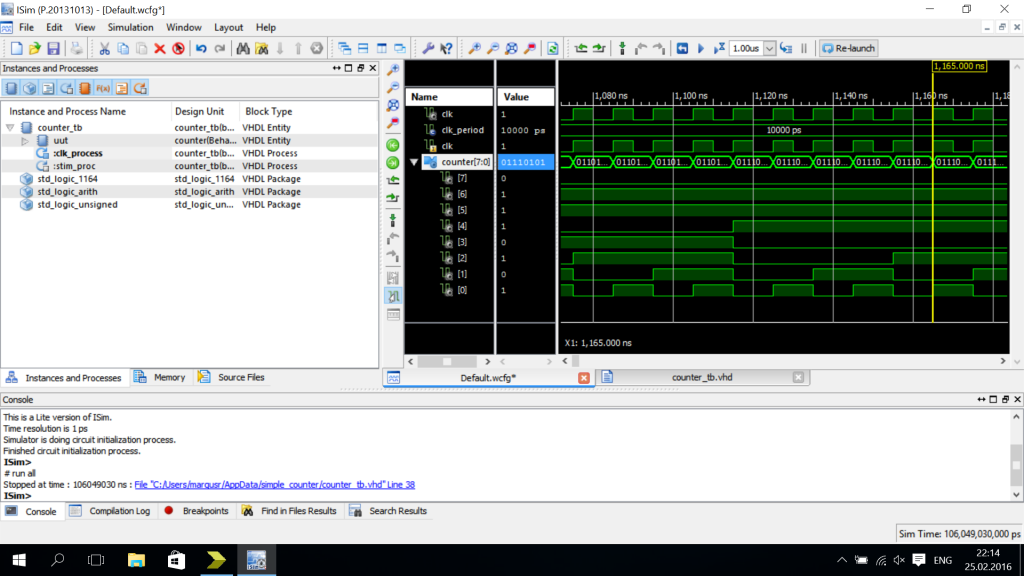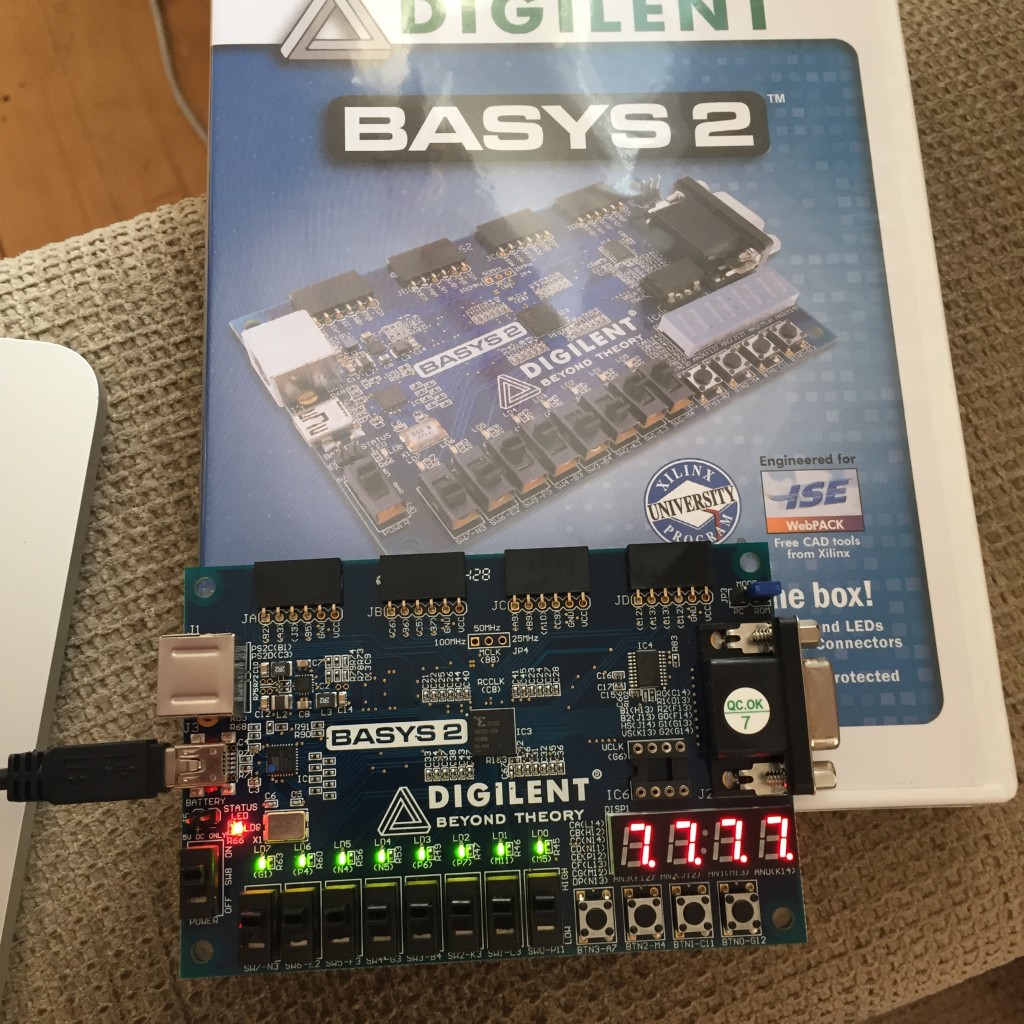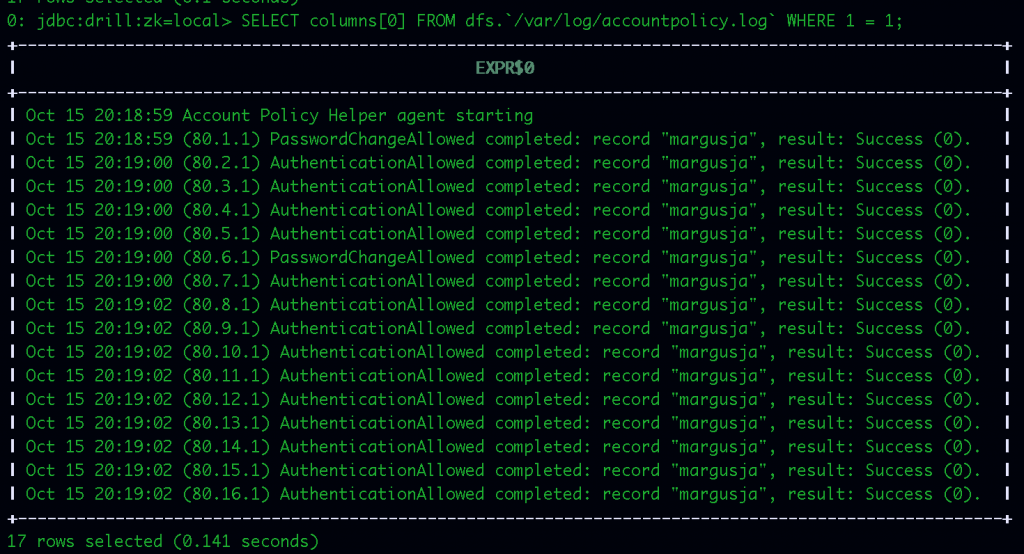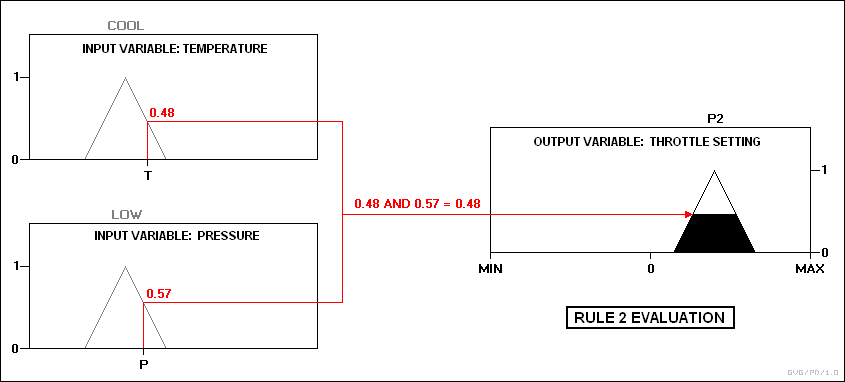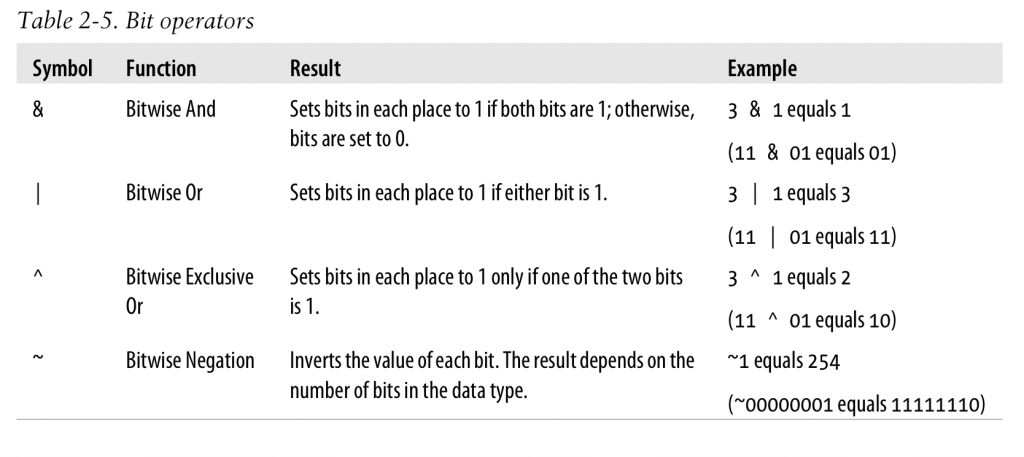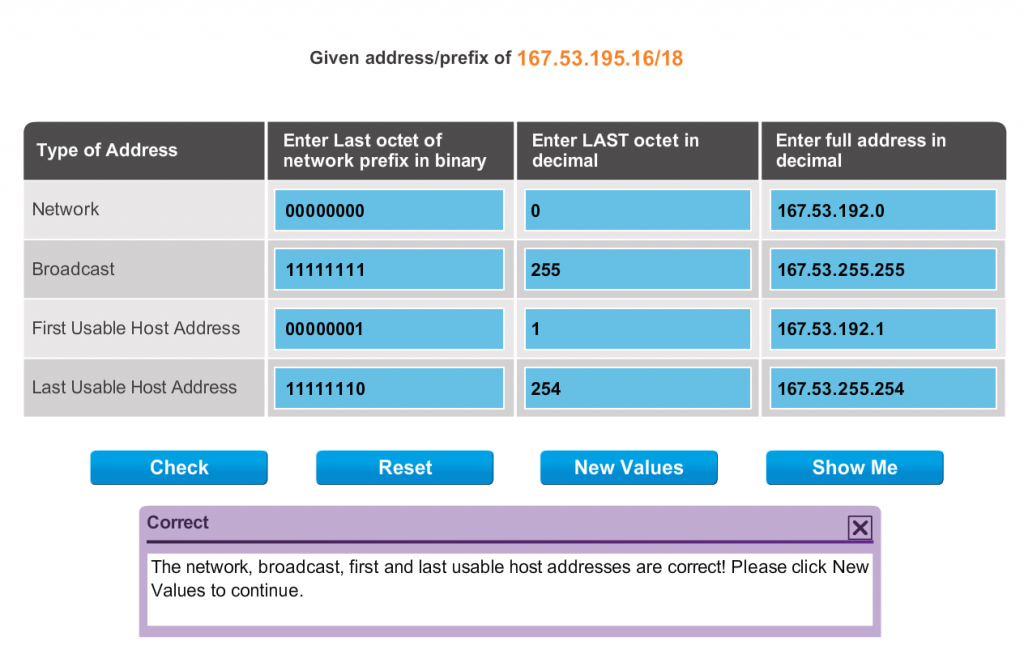Category: IT
FPGA
Saabus mulle uus mänguasi
Tegu on arendusplaadiga, kus puudub traditsiooniline arhitektuur, sisseehitatud instruktorid.
Arendajal on kasutada ainult AND, OR ja invert loogikalülitused, millest siis vajaminev funktsionaalsus VHDL keele abil realiseeritakse.
Kui võtta võrdluseks MCU, siis tegu on praktiliselt väikese arvutiga, kus on Harvard arhitektuur. Kasutajal on valida erinevad kõrgkeeled nagu C või realiseerida oma loogika assembler keeles. Samas sõltub kasutaja otseselt arhitektuurist ja kasutatava MCU instruktoritest
SOLR + SIREn hints
To index field as date.
Document:
{
"title": "Alice in Wonderland",
"year": "1865",
"date": "1865-01-01T00:00:00Z,
"content": "Alice was beginning to get very tired of sitting by her sister on the bank, and of having nothing to do."
}
date field indexed as text.
{
"title": "Alice in Wonderland",
"year": "1865",
"date": {"_datatype_":"http://www.w3.
{
"node" : {
"attribute": "date",
"query" : "xsd:date([NOW-10YEARS TO NOW])"
}
}
JOIN
fl=xxx,yyy & {!join from=id to=patient.reference}name.family:JUKS
IN SQL
SELECT xxx, yyy FROM collection1 WHERE patient.reference IN (SELECT id FROM collection1 where name.family = "JUKS")
Read logs with Apache-drill
Fuzzy
We start by defining the input temperature states using “membership functions”:

With this scheme, the input variable’s state no longer jumps abruptly from one state to the next. Instead, as the temperature changes, it loses value in one membership function while gaining value in the next. In other words, its ranking in the category of cold decreases as it becomes more highly ranked in the warmer category.
At any sampled timeframe, the “truth value” of the brake temperature will almost always be in some degree part of two membership functions: i.e.: ‘0.6 nominal and 0.4 warm’, or ‘0.7 nominal and 0.3 cool’, and so on.
In practice, the controller accepts the inputs and maps them into their membership functions and truth values. These mappings are then fed into the rules. If the rule specifies an AND relationship between the mappings of the two input variables, as the examples above do, the minimum of the two is used as the combined truth value; if an OR is specified, the maximum is used. The appropriate output state is selected and assigned a membership value at the truth level of the premise. The truth values are then defuzzified. For an example, assume the temperature is in the “cool” state, and the pressure is in the “low” and “ok” states. The pressure values ensure that only rules 2 and 3 fire:
https://en.wikipedia.org/wiki/Fuzzy_control_system
Find your forgotten WIFI password
apache-spark 1.2.0
[INFO] ————————————————————————
[INFO] Reactor Summary:
[INFO]
[INFO] Spark Project Parent POM ……………………… SUCCESS [ 6.556 s]
[INFO] Spark Project Networking ……………………… SUCCESS [ 9.198 s]
[INFO] Spark Project Shuffle Streaming Service ………… SUCCESS [ 6.381 s]
[INFO] Spark Project Core …………………………… SUCCESS [03:50 min]
[INFO] Spark Project Bagel ………………………….. SUCCESS [ 54.482 s]
[INFO] Spark Project GraphX …………………………. SUCCESS [06:40 min]
[INFO] Spark Project Streaming ………………………. SUCCESS [08:14 min]
[INFO] Spark Project Catalyst ……………………….. SUCCESS [11:32 min]
[INFO] Spark Project SQL ……………………………. SUCCESS [14:46 min]
[INFO] Spark Project ML Library ……………………… SUCCESS [19:02 min]
[INFO] Spark Project Tools ………………………….. SUCCESS [01:05 min]
[INFO] Spark Project Hive …………………………… SUCCESS [14:48 min]
[INFO] Spark Project REPL …………………………… SUCCESS [04:39 min]
[INFO] Spark Project Assembly ……………………….. SUCCESS [04:55 min]
[INFO] Spark Project External Twitter ………………… SUCCESS [ 50.438 s]
[INFO] Spark Project External Flume Sink ……………… SUCCESS [ 59.100 s]
[INFO] Spark Project External Flume ………………….. SUCCESS [01:59 min]
[INFO] Spark Project External MQTT …………………… SUCCESS [ 41.876 s]
[INFO] Spark Project External ZeroMQ …………………. SUCCESS [01:11 min]
[INFO] Spark Project External Kafka ………………….. SUCCESS [01:40 min]
[INFO] Spark Project Examples ……………………….. SUCCESS [09:52 min]
[INFO] ————————————————————————
One of the best explanation about bitwise operators
Haskell – beauty of couding – get perfect numbers
Recently did some haskell coding and just some lines to explain my enthusiasm.
Let’s try to calculate perfect numbers:
First I have helper function factors to get number factors:
factors :: Int -> [Int]
factors a = [ x | x <- [1..a], y <- [1..a], x*y == a ]
and the main function is:
perfects :: Int -> [Int]
perfects x = [a | a <- [1..x], sum (init(factors a)) == a, a <= x]
to get perfect numbers under limit believe me you want to limit the calculation 🙂
